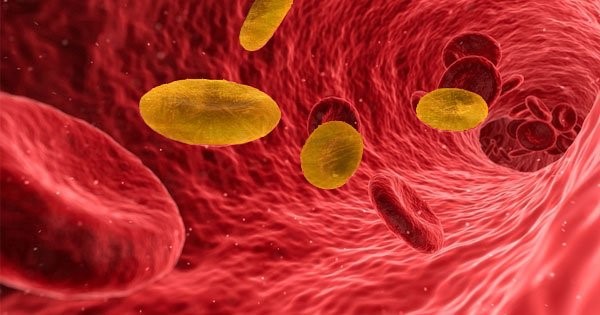
Golden blood: the rarest blood in the world
Fewer than 50 people worldwide have 'golden blood' — or Rh-null.
It's also very dangerous to live with this blood type, as so few people have it.
We know that blood, this life-sustaining substance consists of:
Red blood cells (a.k.a. hemoglobin) — cells that carry oxygen and remove carbon dioxide throughout the body;
White blood cells (a.k.a. leukocytes) — immune cells that protect the body against infection and foreign agents;
Platelets — cells that help blood clot; and
Plasma — a liquid that carries salts and enzymes.
Each component has a part to play in blood's function, but the red blood cells are responsible for our differing blood types.
These cells have proteins* covering their surface called antigens, and the presence or absence of particular antigens determines blood type — type A blood has only A antigens, type B only B, type AB both, and type O neither. Red blood cells sport another antigen called the RhD protein. When it is present, a blood type is said to be positive; when it is absent, it is said to be negative.8 The typical combinations of A, B, and RhD antigens give us the eight common blood types (A+, A-, B+, B-, AB+, AB-, O+, and O-).
Think of antigens as backstage passes to the bloodstream, while our immune system is the doorman. If the immune system recognizes an antigen, it lets the cell pass. If it does not recognize an antigen, it initiates the body's defense systems and destroys the invader. So, a very aggressive doorman.
While our immune systems are thorough, they are not too bright. If a person with type A blood receives a transfusion of type B blood, the immune system won't recognize the new substance as a life-saving necessity. Instead, it will consider the red blood cells invaders and attack.
This is also why people with O negative blood are considered "universal donors." Since their red blood cells lack A, B, and RhD antigens, immune systems don't have a way to recognize these cells as foreign and so leaves them well enough alone.
Let's return to golden blood. In truth, the eight common blood types are an oversimplification of how blood types actually work. As Smithsonian.com points out, "[e]ach of these eight types can be subdivided into many distinct varieties," resulting in millions of different blood types, each classified on a multitude of antigens combinations.
Here is where things get tricky. The RhD protein previously mentioned only refers to one of 61 potential proteins in the Rh system. Blood is considered Rh-null if it lacks all of the 61 possible antigens in the Rh system. This not only makes it rare, but this also means it can be accepted by anyone with a rare blood type within the Rh system.
As Mosaic reports, golden blood is incredibly important to medicine, but also very dangerous to live with. If a Rh-null carrier needs a blood transfusion, they can find it difficult to locate a donor, and blood is notoriously difficult to transport internationally. Rh-null carriers are encouraged to donate blood as insurance for themselves, but with so few donors spread out over the world and limits on how often they can donate, this can also put an altruistic burden on those select few who agree to donate for others.
 English
English Arabic
Arabic


